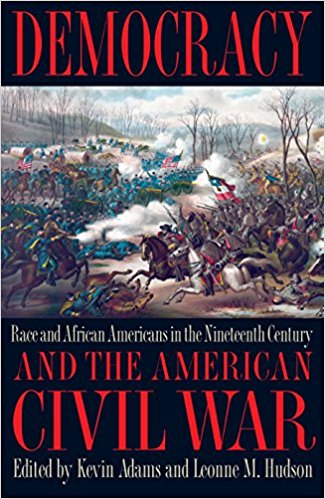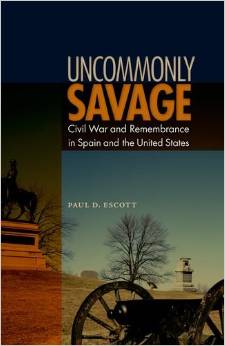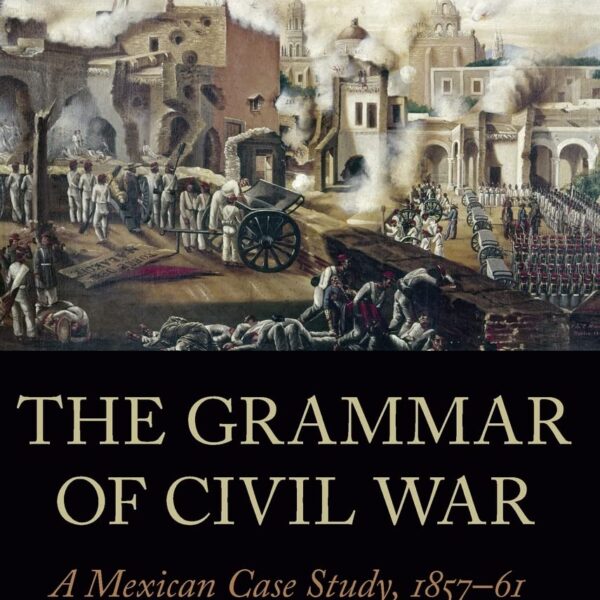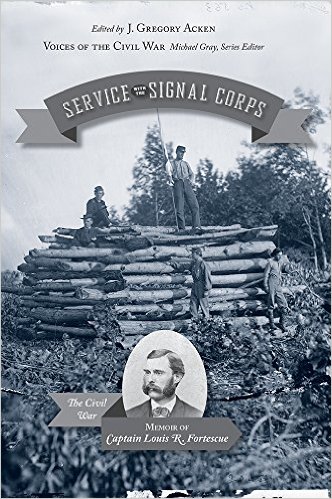Observing Hancock at Gettysburg: The General’s Leadership through Eyewitness Accounts by Paul E. Bretzger. McFarland, 2016. Paper, ISBN: 978-0786499786. $29.95.
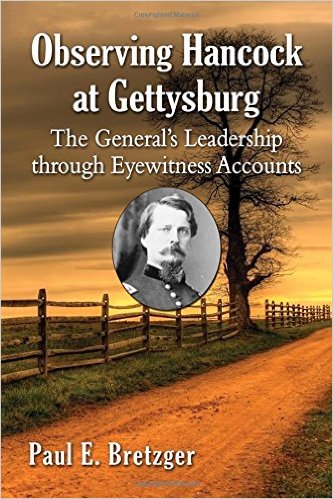 Major General Winfield Scott Hancock, commander of the Second Corps, Army of the Potomac, rode on to the battlefield at Gettysburg before four o’clock on the afternoon of July 1, 1863. He had been ordered there by the army’s commander, Major General George G. Meade, to ascertain the situation and to assume overall command on the field.
Major General Winfield Scott Hancock, commander of the Second Corps, Army of the Potomac, rode on to the battlefield at Gettysburg before four o’clock on the afternoon of July 1, 1863. He had been ordered there by the army’s commander, Major General George G. Meade, to ascertain the situation and to assume overall command on the field.
When Hancock arrived on Cemetery Hill, routed units of the First and Eleventh corps were streaming through the town toward the heights to the south. Hancock and Major General Oliver O. Howard, commander of the Eleventh Corps and senior officer in rank, rallied the troops and restored order in the ranks. Acting on Meade’s authority, Hancock posted units toward Culp’s Hill and Little Round Top.
Hancock sent messages to Meade and, after nightfall, rejoined the army commander at headquarters. Upon Hancock’s recommendation, Meade ordered a concentration of the army’s scattered infantry corps and cavalry divisions at Gettysburg, setting the stage for the next two days of fearful combat.
Gettysburg became a signal victory for the Union army and redemption for previous defeats. The victory resulted from a number of factors, but leadership worthy of the army’s rank and file and the valor and tenacity of its officers and men surely contributed to the outcome.
Arguably, no performance exceeded Hancock’s in significance. While Meade deserves credit as the army’s commander, no subordinate officer did better than Hancock amid the fury on the battlefield. On July 2, he shifted units into the slaughterhouse of the Wheatfield, Little Round Top, and along Cemetery Ridge. He met seemingly every Confederate thrust with a counterthrust. On July 3, during the rebel cannonade, he rode deliberately along the ranks of the Second Corps, trying to calm the men as shot and shell rained down upon them. At the climax of the Confederate attack, Hancock suffered a serious wound.
It would be months before Hancock returned to duty with the Second Corps. The wound continued, however, to plague him and to debilitate him physically. It affected his performance during the campaigns in the spring and summer of 1864, finally forcing him to relinquish command in late November. At war’s end, he commanded the Middle Military Division. Hancock remained a soldier all his adult life until his death in 1886, at the age of sixty-one.
To be sure, Gettysburg has defined Hancock’s career more than any other engagement. It is the purpose of the new book by Paul E. Bretzger to examine his performance during the three days by relying primarily on the words of those who witnessed it. In turn, this is a favorable—if not laudatory—work. The author does give an account of Hancock’s youth and his years in the antebellum army.
The author addresses the controversies that involved Hancock. He devotes half of a chapter, for instance, to whether Hancock or Howard deserved primary credit for the selection of the Union position. The controversy did not become public until 1876, when Howard penned a magazine article on his version of events on the afternoon of July 1. Hancock replied in kind. Other officers added their reminiscences. Bretzger presents both sides of the debate, while concluding that Hancock was in command after he arrived on the battlefield.
Bretzger addresses also the postwar dispute between Hancock and Henry Hunt over the firing of Union artillery during the Confederate cannonade on the afternoon of July 3. While the guns roared, Hancock ordered his batteries to engage the rebels, wanting his crews to support the infantry. In turn, Hunt silenced the batteries, wanting to save ammunition for the impending assault. Once again, the author presents both sides in the controversy.
Bretzger claims in his acknowledgments that he researched the material in various institutions, including the library at the Gettysburg National Military Park. An examination of his sources reveals only one non-published manuscript, despite the mass of manuscripts in the park’s library. More timely written accounts could have been used; the author uses nearly all postwar memoirs and accounts. The sources used heavily favor Hancock.
This is a good book. The author weaves the many quotes together into a solid narrative. Yet while it can be argued that Hancock’s performance at Gettysburg merits little criticism, surely a less favorable account is closer to the truth.
Jeffry D. Wert is the author of Gettysburg: Day Three (2001).

